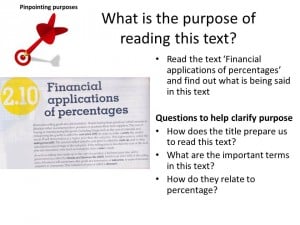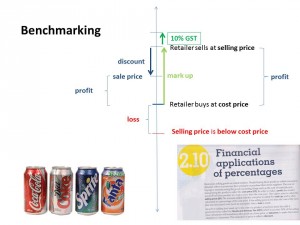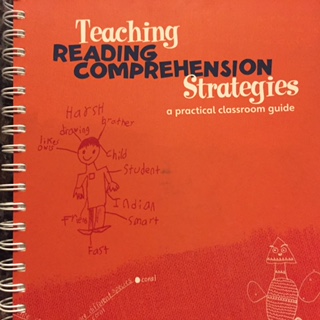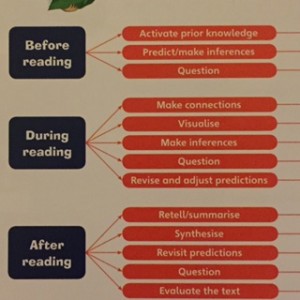Teaching reading doesn’t have an end date. As students enter into later primary and secondary education, it is important that all teachers in any subject area are assisting them to navigate and understand these increasingly more complex and sophisticate texts. This is even more important for readers who are struggling. Sometimes as teachers of upper primary and secondary students, it is hard to find something that supports the teaching of reading.
Tactical Teaching Reading
At the end of 2014, I was introduced to Tactical Teaching Reading. The sole licensed distributor is Tactical Steps Education who have taken over STEPS professional development. Their motto for Tactical Teaching Reading says it all – Not a reading teacher but a teacher of reading. Reading is in every learning area and the strategies taught in this course are applicable to any learning area. Tactical Steps Education offers both teacher and facilitator courses.
Workshops
The course involves three workshops:
Workshop 1 – How to help students use reading processes. This workshop looks at research on adolescent literacy and a number of processes that can be used before, during and after reading. Processes that are incorporated include activating background knowledge, clarifying vocabulary, monitoring understanding and processing what has been read.
Workshop 2 – How to make reading strategies visible. Good readers use a number of strategies when reading. These include adjusting reading rate, predicting, connecting and self-questioning. Struggling readers need these strategies to be explicitly taught. This workshop looks at the explicit teaching of reading strategies to help students understand texts. It considers 18 universal strategies used by good readers. Again the strategies are aligned to before, during and after reading.
Workshop 3 – How to build text form knowledge. Text complexity and sophistication increases as students progress in their schooling. All students need to be taught how to navigate these more sophisticate texts in their various contexts. This workshop helps teachers to build students’ ability to pinpoint purpose, organisation, language features and text structures of subject area texts.
Participants in this course are provided with three course books and each contains 14 practical activities that can be used repeatedly in lesson with texts already in use. I found that some of these strategies were ones that I was familiar with or had used once upon a time and forgotten. What I really like is a quick reference to some before, during and after reading activities that can be applied to any learning area.
At the end of 2014, I spent time relating some of these strategies to reading in secondary mathematics. Since then, not only have I used these strategies in the classroom, but I have also used them for adult learning.
Pinpointing purposes

Pearson Mathematics textbook year 8
I applied the strategy Pinpointing purposes to this mathematical text. This strategy required students to preview the text and set a purpose. Students self-questioned to clarify the purpose of reading and to consider how they would achieve that purpose. 
This was a great strategy in that it helped students comprehend the text, enabled them to skim and scan and to determine the importance of what they were reading. I was then able to have students apply the reading to a context.
Clarifying questions:
How does the title prepare us to read the text?
What are the important terms in this text?
How do they relate to percentages?
Students worked in pairs and did a think pair share where they shared their purpose for reading. They then decided on a joint purpose. Student then reflected on the steps they undertook to achieve the purpose.
By applying this information to something contextual, it made the reading so much more meaningful. In this case, students related the content of applying percentages to financial transactions to selling soft drink at the market stall.

Application of the information to a ‘real-life’ context.



